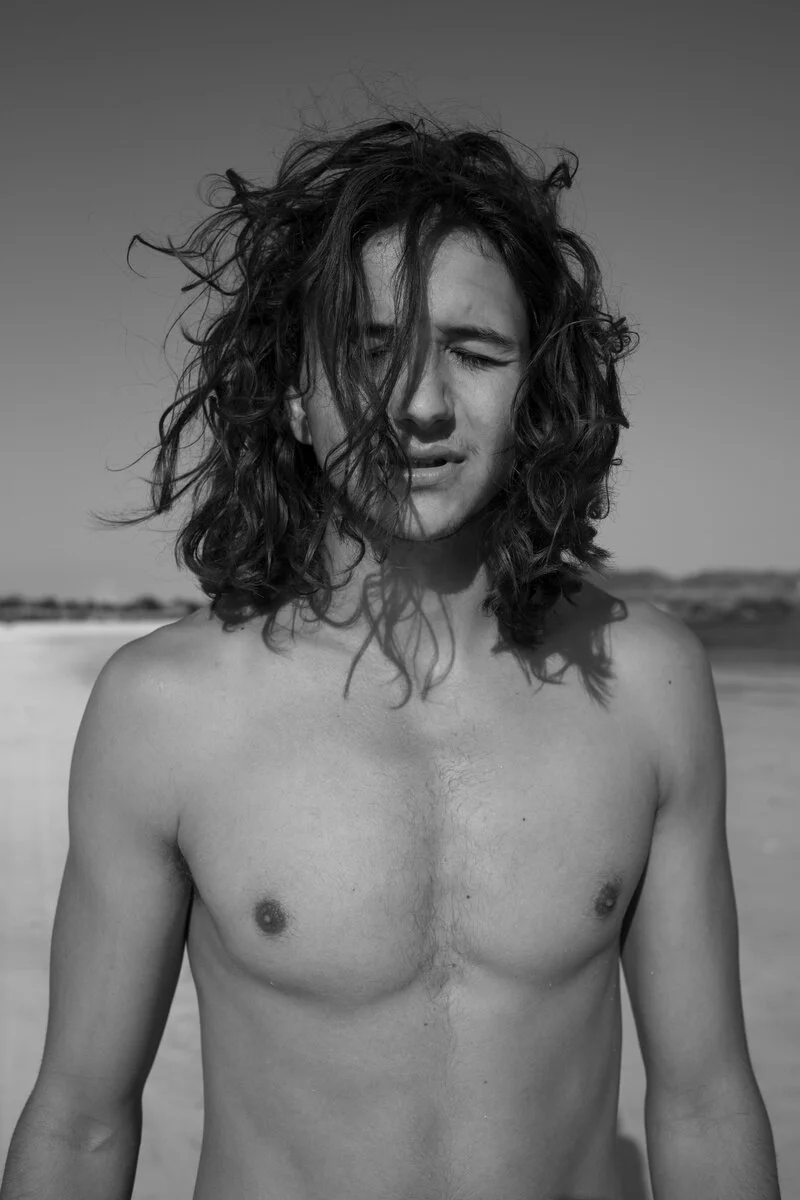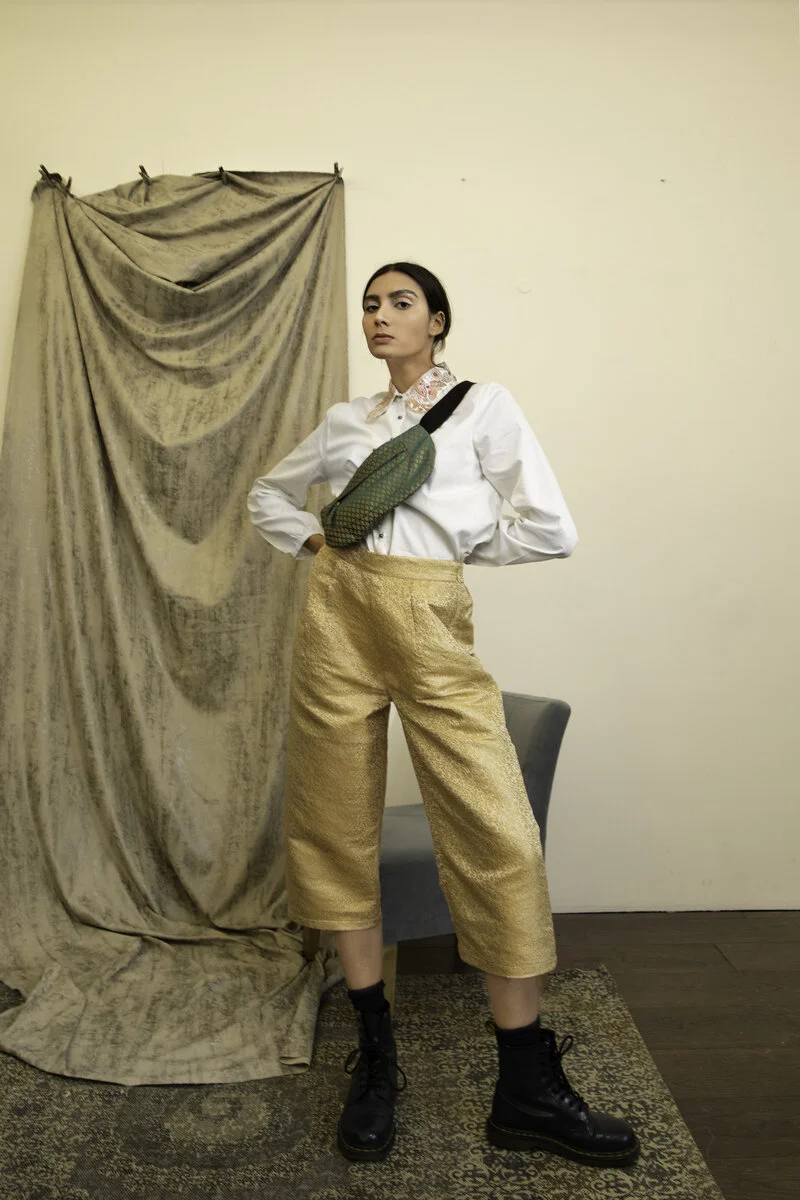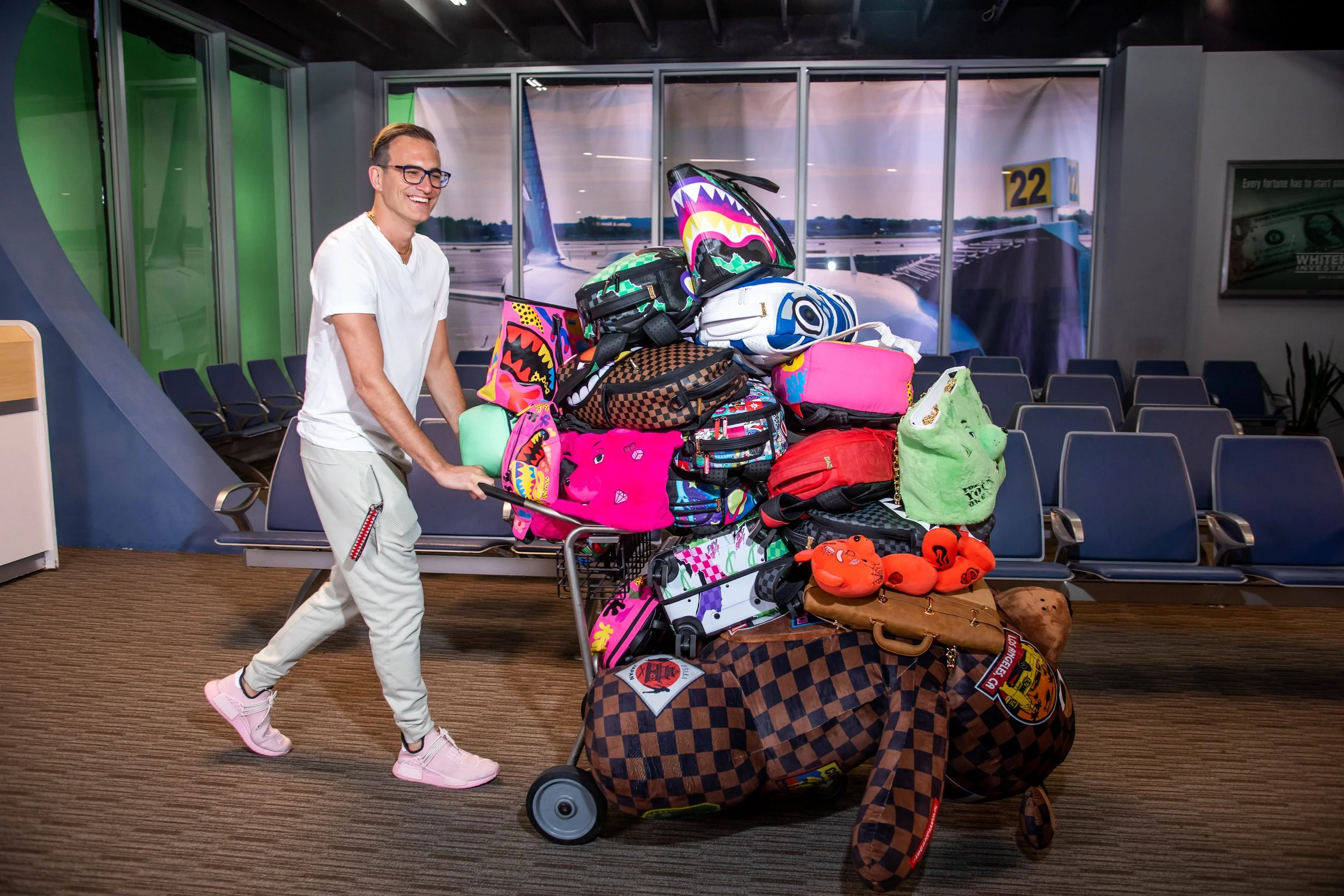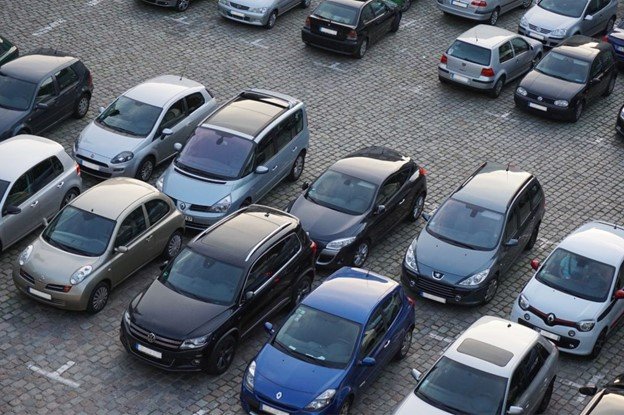21 Questions: At 21 Olivia Ghalioungui Is A Published Fashion Photographer
Images provided by Olivia Ghailoungui
Questions by Anna Koutelas
Olivia Ghalioungui’s photography travels an expansive artistic landscape. Her work spans from highly stylized fashion editorials for publications like Vogue to diaristic and analog photos, whose intimate and stripped-down quality gives viewers the impression they’ve been let into a momentary unearthing of her innermost spaces and relationships. When asked which genre she prefers to photograph, she prefers them all. When asked about her style, she skirts around the question, instead offering her inclination to exist in a state of growth. Olivia’s insight depicts a contemporary, sharp and dynamic outlook of what it means to be a prolific photographer whose influence is swiftly ascending, all at the age of 21.
1. Olivia, you were born in Greece and raised in Egypt. You started photographing self-portraiture at the age of 15. How did you first discover photography?
I discovered it through high school when I was a sophomore. In order to graduate, the principal told me that I had to take an art credit class, so I was looking through and just happened to choose photography, because I thought, why not? It was kind of a beginner’s class because I had never taken photography before. So I took the beginner’s class, and the next year I took the advanced; the year after that I took the AP level. That is originally how I discovered photography.
2. So, it was kind of serendipitous through school. It wasn’t something from your home life?
Exactly. Photography wasn’t really big in my family until I came along.
3. When you first started exploring photography, the school you attended was very judgmental. What were they judgmental about?
It wasn’t really the school that was judgmental, but more the other teenagers and student body. I think back then it was during a time when people thought if you cared about something, then you weren’t cool. And I was obviously a lot younger and thought I really wanted to fit in and have friends, and things like that. So I didn’t show it to anyone because I was scared that I would be alienated.
4. Did the student body’s judgment make you consider leaving photography altogether, or did it push you to commit to it even more?
I would say it pushed me even more. Because at the end of it, I started to not care what other people thought, and I just started to show my work more and more.
5. Fast-forwarding to when you were deciding what college to attend, were you supported by your family and friends in your choice to pursue photography at the Paris College of Art?
Yes, my family was very supportive. And my friends as well. Near the end of my high school career, everyone was trying to find what direction to go, and at that point, I had already made my work a lot more public on, say, social media. So they kind of knew that photography was my thing and that when I told them they were like, “Oh yeah, for sure go for it, because that’s your thing.”
6. You mention that you were pretty established by this time due to your presence on social media. How big of a role did Instagram have in exposing your work and your brand?
I think quite a big role, because Instagram started somewhere around 2015, and ever since then, I was on it. Then I kind of slowly shifted from showing my life to showing my work, and that was at a really early stage. Ever since then, the people that I’ve met along the way, we’ve connected through social media. That’s definitely been an advantage.
7. Today, your portfolio includes a very impressive catalog of clients, including Vogue, Elle, and Creators Magazine. When you reflect on these publications, are there any that you’ve worked for that were especially powerful for you?
The ones that meant the most to me are ones where the subject I’m photographing is personally connected to me. As an artist, I tend to be more drawn or emotionally attached to the work I did that had some kind of emotion behind it. It’s really about the content of the photos, and not the names of the publications. Because a lot of the time I’m shooting, I’ll shoot the series first and then send it to a magazine. So I won’t really have a mood board from the client, or a brief, or anything. I’ll just make what I want and then give it to them.
© Olivia Ghalioungui, Creators Magazine
Two days ago, I shot an editorial portrait/series with my boyfriend just in the apartment and somewhere in nature. It’s going to be published in Boys by Girls, which is a super cool magazine. So I think that one, for now, is the one that means the most to me.
8. The breadth of your work is incredibly dynamic, ranging from fashion editorials to personal shoots that feel more vulnerable and intimate. Are you equally energized by all facets of your photography, or is there one genre you’re more motivated by?
I’d say equally between highly stylized fashion, and then more casual/intimate, and then as well as… I also do diaristic travel work on analog. So those three have an equally special place.
9. You grew up surrounded by nature and always felt a special connection to it. This connection is often reflected in your photography. What’s one of your favorite natural spaces to shoot in?
The desert has to be one of them. Another one would be- in the country in France, where there’s a big field, with grass that stretches over miles and miles. The countryside.
© Olivia Ghalioungui, Marie de la Roche, Portugal
10. Your love of nature is a value that’s tangible in your professional work, but also in your personal life as a consumer. What are some of your favorite sustainable fashion brands at the moment?
I love Reformation. I also love Patagonia, so, so much. I really like Lo Neel. They’re a brand I shot for, based in Paris. Everything they make is 100% sustainable and vegan. It’s really good. Also, I really like- you know how Levi’s has their Water<Less line of jeans? I’m a big fan of those as well. I also go to the Rêve en Vert a lot and trust the site completely, and I know everything they have there is ethical, environmentally friendly and sourced well.
© Olivia Ghalioungui, Lo Neel.
11. The term “sustainable” is often elusive and subjective. Every brand has an individual way of defining their angle on sustainability, whether it’s using natural dyes, using recycled fabrics, or something like this. For you personally, what does sustainable fashion mean?
I’ve actually been kind of seesawing in my head recently if it’s sustainable or not to use leather. I met this woman the other day who was telling me her point of view. She was saying that currently, people are still consuming meat, and when they do, they throw the skin away from the animal. So, you might as well use the skin rather than let it go to waste, you know? That kind of got me thinking.
To me, I’d say to use not that much water in production. And also, it’s important that the factories would be powered sustainably, whether the production of clothing is powered with solar power, or their delivery trucks are electric, for instance.
12. Through your years of working for publications, have you experienced a growing chatter about sustainability within the fashion world?
Actually, no, I haven’t. I can remember one time, but it wasn’t about fashion; it was about makeup. The makeup artist that had chosen to work with us used all vegan makeup; very green, very clean.
13. Why do you think that gap exists within the fashion world?
It seems that people know it’s going on. People obviously are not oblivious to the fact that sustainable fashion is a thing, but I feel like somehow they choose to ignore it, to not put the effort in, or don’t have enough passion for it to do something. So, probably ignoring it is the best way, but I’m not sure.
14. That brings up a good point. Usually, the spotlight for sustainability is put onto these giant fast fashion brands, but it seems the higher end fashion brands tend to exist at an echelon where they’re above the same criticism. What do you think?
Yeah, I feel like maybe because they’re so big, as long as the demand from their type of customer doesn’t change, then they shouldn’t have to change anything, is probably how they’re seeing it.
15. From your point of view, what makes a good photo?
What makes a good photo is a good eye flow throughout the image, in terms of shapes and movement, and how the composition is made so that your eye kind of reads the whole image, as well as emotion, or a distinct mood or atmosphere.
© Olivia Ghalioungui, The Flow House Magazine
16. What makes a bad photo?
I don’t know. It’s all opinionated. I don’t feel I can say that there are any bad photos, just because at PCA (Paris College of Art), they say art is subjective. So I’m always really careful not to say “this is bad.”
17. In your free time, what kind of photos do you like to shoot, and which ones do you avoid?
In my free time, if I’m at home, with my parents or at my boyfriend’s, I normally like to shoot analog portraits. And I feel like if I’m away somewhere new traveling in Asia or somewhere, I will normally shoot my diaristic work, and analog as well. In my free time, I try to avoid my digital camera. I don’t actively avoid it, but I would rather shoot analog because it’s a lot simpler for me, and I don’t have to stress over how it's going to look, and all the technicalities of it.
© Olivia Ghalioungui, “Urraca,” Onfilm Magazine
18. Whose photography has influenced you the most? Is there any photographer you consider kind of an idol?
I love Jimmy Marble, Viviane Sassen, and there is an Italian fashion photographer, Mateo Montanari. His work is really, really good, fashion photography-wise. All three of their work have been a really big inspiration for me.
19. What advice would you give your 15-year-old self?
Follow your gut. Always try to be actively creative or creating. Don’t stop looking at things with your photographic eye.
20. How do you define your style?
Oh my god, this question! My entire PCA career, I swear to you that all the teachers are like, “You’ll find your style, it’s getting there…” And I’m like, okay, I guess I don’t have one? And then right after that year, I started showing my work to my friends, and they’re like, “Oh yeah, that’s so your style, that’s so you!” And I’m like, wait, so I have a style? All the teachers say I didn’t! Okay, so how would I describe my style? I don’t know!
21. I think that’s even better- it implies a certain fluidity and that you perceive yourself as always expanding, rather than stagnant or defined by narrow guidelines. Do you agree?
Yeah, exactly. I feel like I’m always going to be growing, so it only makes sense that my point of view, or style, changes as well.
















































Venturing into online slots can be both thrilling and rewarding. If you're looking to not only have fun but also increase your chances of winning, understanding the basics and employing smart strategies is key.